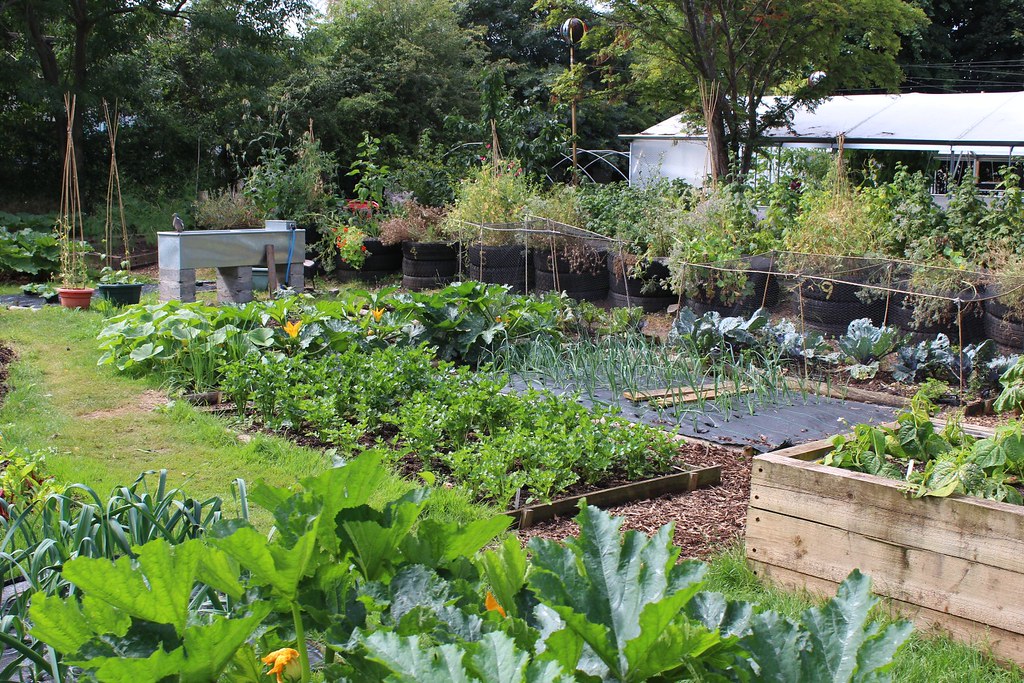Vegetable gardening has become increasingly popular in recent years. It provides the opportunity to grow your vegetables without the mess, expense, and time traditionally involved in growing standard vegetables. Vegetable gardening in North Texas can be carried out easily using a hand garden plan and a little hard work. Plant Nursery in Reading offers a wide variety of high-quality perennial plants, shrubs, and bushes suitable for vegetable gardening throughout the entire year.
The traditional backyard vegetable garden also called a potager, usually no bigger than a cupboard, separate from the other areas of your residential property. Vegetable plants are usually planted in a bed of pebbles, compost, or other fertility-enhancing material, and are tilled every three or four months with organic mulch or garden soil. Some vegetable gardens are laid out with beds of garden soil in them so that the plants have room to “hang” when they are not in use. This type of planting has the benefit of providing moisture for the plants to help them thrive during dry spells.
Vegetable gardening is not suitable for all types of property, and most gardeners would do well to have an area that is specifically planted for this purpose. Property that is used for business, for example, may be an ideal location if you have space. This type of garden is best suited to small homeowners or renters who can plant and tend the garden regularly. Some property owners will allow vegetable gardening on their land in return for a certain premium in return. Vegetable planting is also more suitable for areas of the country that experience cold climates.
Many people choose vegetable gardening because they enjoy cooking vegetables on their outdoor patio or deck. If you live in a region with mild winters and mild summers, you can grow your vegetables by growing plants that require little or no additional sunlight during the day. Some examples of plants that do not need the sun to survive are sweet potatoes, peppers, squash, and yams. The only plants that benefit from direct sunlight are tomatoes and lettuce.
Before you begin planting, you will want to have a well-illustrated vegetable gardening plan. This plan should give you a list of the required planting areas for your garden, the amount and kind of fertilizer that you will need, and a description of the growing conditions that you will find throughout the growing season.
It should also include a weather forecast, possibly with a description of what to do if it starts to rain. You should consider a design for your garden depending on whether you plant vegetables that have flowers, roots, or just foliage. This will impact how you plant your vegetables, but the fundamentals should be the same no matter what type of garden you are planning.


